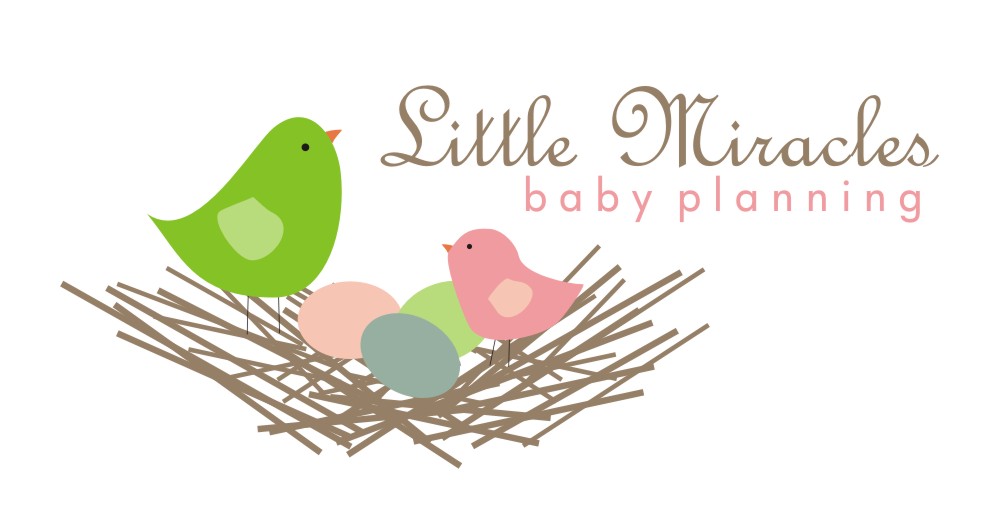
Choose a few of these easy, eco-friendly changes (no need to drive yourself crazy making over your whole home!) and know that you're helping your peanut -- and the planet -- to grow up healthy.
Airing Out
Keep the air you and your family breathe fresh and clean. Jerome Poulson, M.D., a Washington, DC, pediatrician and a member of the American Academy of Pediatrics's Committee on Environmental Health, advises watching out for these three serious indoor pollutants:
Tobacco smoke. You know not to smoke around your baby, but "third-hand smoke," toxic residue that sticks to skin and clothing, can be a risk, too. Ask smokers to wash their hands before holding your baby to minimize the danger.
Radon. Check your home's level of this odorless, carcinogenic gas (which emits from the ground) with a simple hardware-store kit.
Lead. If your home was built before 1978, contact your state or local health department to have it tested for this toxic metal. No matter what, your child's blood should be tested for lead at ages 1 and 2.
Good Eats
You can feel assured that the food made for babies is the safest -- and greenest -- around.
Breast milk and formula. Breast milk offers superior nutrition and, of course, is very green: straight from Mom, no processing involved. If you nurse for any length of time, then kudos to you. If you want to spring for organic formula, go ahead, but it's not mandatory, says Tanya Altmann, M.D., a pediatrician and author of Mommy Calls. "The major formulas all have the right combination of vitamins, protein, and fat," she explains.
Solids. Organic fruits and vegetables, grown without pesticides, are definitely good for the earth, but if you go with conventional baby foods, you can be confident that those jarred meals are also strictly regulated and supersafe. If you do make your own baby food, just be careful of ingredients from small local farmers, whose produce might not be checked for contamination, Dr. Altmann warns.
Bottles and dishware. Some hard plastics are made with BPA (the chemical bisphenol-A, an endocrine disrupter linked to negative health effects), which can leach into food. Check the bottom of plastic containers for the number in the triangle: a "7" usually indicates BPA. There are many BPA-free plastic bottles on the market, as well as glass ones with sleeves to minimize breakage.
A Clean Sweep
Babies have faster respiration than adults, which means they ingest chemicals and fumes at a higher rate. Some commercial cleaners may contain harmful additives, so be aware of the following when it comes to keeping house:
"All-natural" claims. The phrase "all-natural" doesn't really tell you how eco-conscious a product is, so seek out these green terms instead: "readily biodegradable," "plant-based," or "dye-" and "synthetic-free." You can also look for the "DfE" symbol (Design for the Environment), which the EPA assigns to safer, greener cleaners.
Lemon scents. The biggest cleaning myth out there is what clean is supposed to smell like, says Jenn Berman, Psy.D., author of SuperBaby: 12 Ways to Give Your Baby a Head Start in the First 3 Years. "It's not lemony, piney, or rose-scented." In fact, these odors often come from potentially dangerous chemicals, so try to use products that are fragrance-free.
Air "fresheners." For the same reason Berman advises steering clear of scented cleaners, Dr. Poulson suggests skipping air fresheners, including sprays and plug-in products. If you need to remove odors, try sprinkling a layer of baking soda on your carpets and then vacuuming it up.
Homemade cleaners. Green products on the market are great options, but you can also mix some up at home. Linda Mason Hunter, coauthor of Green Clean: The Environmentally Sound Guide to Cleaning Your Home, relies on distilled white vinegar (mix it with water for an effective surface cleaner) and baking soda (combine it with water to make an oven cleaner).
A word about floors. Simply take your shoes off when you come in and you won't have to clean them as much.
Room to Grow
Greening the nursery is next on the agenda, because your baby will spend many hours playing, getting her diapers changed, and snoozing (let's hope!) in it:
Crib mattress. An organic mattress made with chemical-free cotton and/or wool may cost a bit more, but it's money well spent considering your baby will be in her crib for up to 16 hours each day. If you're going non-organic, try to buy your mattress a month or so before the baby arrives. Unwrap it and let it air out in an unused room (or at Grandma's house!) until you need it so that the flame retardant, glues, and other additives can dissipate.
Paint. VOCs (volatile organic compounds) are a group of possibly harmful chemicals found in paint, sealants, and adhesives that become a gas at room temperature. VOCs may cause health problems, including nausea and headaches, so choose low- or even zero-VOC paint. (Once the paint is dry, however, the risk is minimal.) Benjamin Moore, Sherwin-Williams, and Glidden all make low- or no-VOC lines.
Carpet. If you have a strong family history of allergies or asthma, it's a good idea to avoid wall-to-wall carpeting in your baby's room. It can trap dirt, dust mites, and other allergens, which may exacerbate these conditions. New carpeting can also emit toxic fumes, so let it air out for a couple of weeks before your baby spends any time there. A hardwood floor softened by area rugs made of natural fibers is the ideal green nursery flooring.

.png)




No comments:
Post a Comment